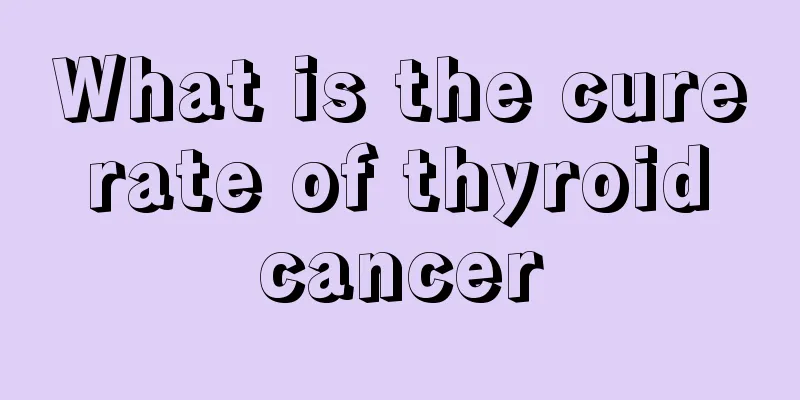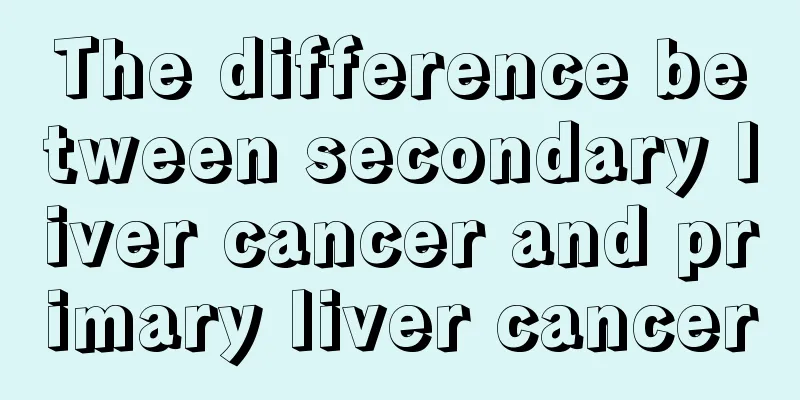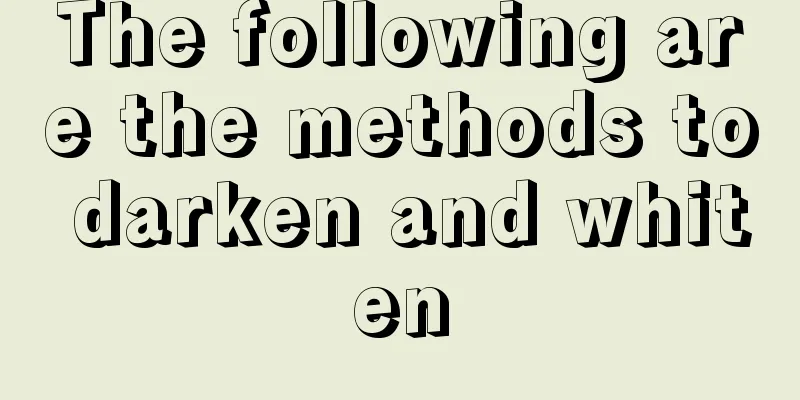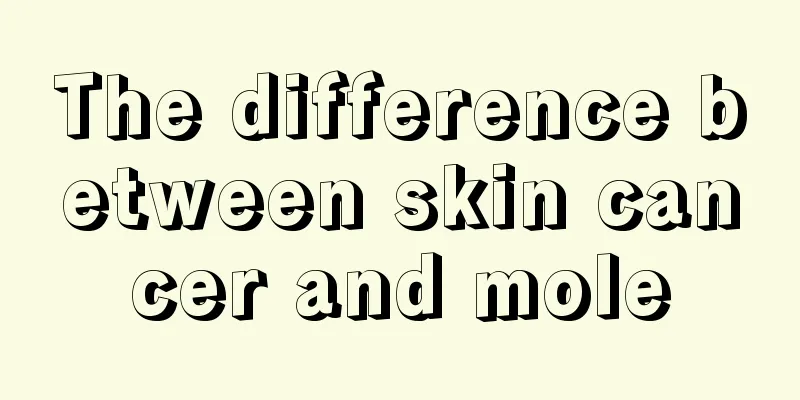What is the cure rate of thyroid cancer

|
As one of the most common malignant tumors at home and abroad, thyroid cancer has attracted widespread attention from the vast majority of people. The cure rate of thyroid cancer has also become a focus of attention for people who are concerned about this disease. So today we will help you understand what the cure rate of thyroid cancer is. The cure rate of thyroid cancer is determined by many factors. First of all, some patients seek medical treatment. They are afraid of the high fees charged by regular hospitals, so they seek help from some private hospitals. As a result, the disease is not cured, and they suffer a lot, and they spend all their money. These patients think that thyroid cancer is incurable, which is actually wrong. The cure rate of thyroid cancer is also quite high in China. We divide thyroid cancer into four types here. Let's analyze what the cure rates of these four types of thyroid cancer are. 1. Papillary adenocarcinoma: It accounts for the vast majority of thyroid cancers, about 60 to 70 percent, and is more common in women and those under 40 years old. It has a low degree of malignancy, a slow course of disease, and a good prognosis. Almost 90 percent of cases can be cured after surgical treatment. 2. Follicular adenocarcinoma: It accounts for 15% to 20% of thyroid cancers. It is more common in middle-aged women, prone to distant metastasis, and has a moderate degree of malignancy. After surgical treatment and long-term use of thyroxine, the cure rate can reach 80%. 3. Medullary carcinoma: It accounts for 5 to 10% of the cases. Sometimes, symptoms completely unrelated to the clinical manifestations of the disease may occur, such as diarrhea, facial flushing and sweating, asthma, and headache. This is due to the secretion of bioactive substances by cancer cells. Other manifestations are similar to those of general thyroid cancer. The cure rate can reach about 80% after surgical treatment, and the prognosis is good. 4. Undifferentiated carcinoma: highly malignant, accounting for about 8% of thyroid cancers, mostly occurs in the elderly, with an average age of over 60 years old. It is characterized by a sudden increase in the size of the mass in the front of the neck, and the rapid onset of symptoms such as dyspnea, dysphagia, and hoarseness. The treatment effect is poor and the prognosis is poor. |
<<: How much does it cost to check for pituitary tumors
>>: How much does it cost to check for a pituitary tumor
Recommend
Several tips to prevent fibroids
Fibromatosis is a tumor that originates from fibr...
How much do you know about how to run without hurting your knees
Running is one of the most popular sports among t...
Which hospital is good for advanced bladder cancer
Which hospital is good for advanced bladder cance...
Dietary conditioning for pancreatic cancer
The diet of pancreatic cancer patients should adh...
What is the role of bats
Bats are familiar to many people, but we can only...
Methods for diagnosing colon cancer
The incidence of colon cancer is getting higher a...
What should I do if my belly button is always wet and smelly?
Developing good hygiene habits in life can not on...
Can pregnant women come into contact with nasopharyngeal cancer patients?
My father-in-law was diagnosed with nasopharyngea...
What disease is the symptom of swollen neck? Do you have these symptoms?
A swollen neck is a common symptom of thyroid enl...
Where is the upper eyelid located?
The eyelids are soft tissues that grow in front o...
What is the function of coral stone?
Coral stone is a stone formed by the skeletons se...
What causes the late stage symptoms of lymphoma
Lymphoma is a serious disease with a very high in...
There are seven kinds of food in the refrigerator. Common knowledge you must know about home life
Nowadays, every household has a refrigerator, and...
What is the best way to treat advanced lung cancer? How does TCM treat advanced lung cancer with dialectical treatment?
In traditional Chinese medicine, lung cancer is d...
What is the difference between a distillation flask and a round bottom flask
In people's real life, flasks are basically n...









